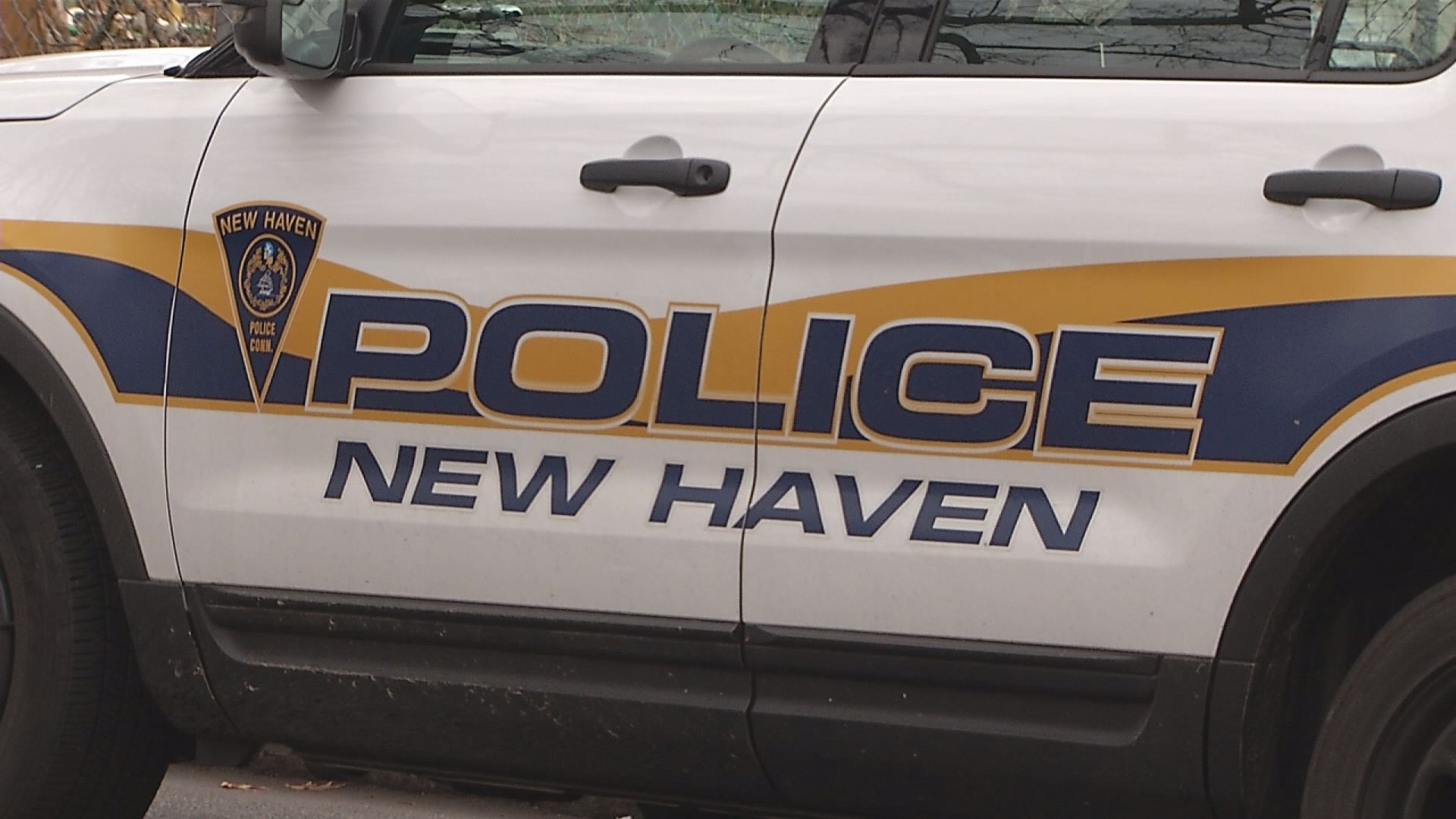A sunny, dry weekend is on the way but it won't be enough to help our water-logged states.
Ida brought intense rainfall to our area. Some towns in Connecticut saw upwards of 6 or 7 inches of rain in a 24-hour period. But when it comes to flooding, our infrastructure is to blame too.
Gov. Ned Lamont discussed some of what the state is doing to try to prevent future floods, which includes legislation that looks at trouble spots ad how they can be fixed.
"We put in place a bill this year that says those that create a lot of road off, maybe they got big parking lots are going to pay a small fee to the municipality, that fee is going to go towards resiliency, go towards drainage go towards everything we can to prevent flooding the likes of which we've never seen before we have today," Lamont said.
Get Connecticut local news, weather forecasts and entertainment stories to your inbox. Sign up for NBC Connecticut newsletters.
Christine Kirchhoff, an associate professor for the Department of Civil and Environmental Engineering at the University of Connecticut, sat down with NBC Connecticut's Dan Corcoran to discuss our infrastructure and what needs to be done to protect our future.
Dan: "So, Christine, we talked to you a couple of weeks ago about how our state's water systems were handling this wet summer. And you said back then that this would really test just how much the infrastructure could take. Since then, we've had several big storms, bad rainstorms. So what's the thought? Now, how did our systems do?"
Local
Kirchhoff: "Well, I think it probably depends on how much rain you got all at once in your particular area, you know, the more rapid that rainfall hits the ground and runs off, which you tend to get in more in areas that are concentrated with impervious cover, like cities like Hartford, and those kinds of areas, you get so much concentrated runoff so fast, it really overwhelms our systems."
Dan: "So the US House of Representatives is taking up an infrastructure funding bill sometime this fall. And we learned that if it's past Connecticut would use $445 million of its $6 billion for water infrastructure. So what do you think needs to be done? Where should that money be used?"
Kirchhoff: "That's a great question. So you know, I think that we've seen where some of our weak spots are on the stormwater side. And I have to say that, you know, if you look at the American Society of Civil Engineers report card for Connecticut, and really for the states, across the nation, the states receive pretty low grades across the board with infrastructure in general, whether you're looking at drinking water, stormwater, wastewater, transportation, etc. So we need these dollars. So part of the strategy could be to start to use more mixed green and great input infrastructure to take advantage of the strengths of each of them, and some of those kinds of options can be more cost-effective."
Dan: "So that's going to take some big picture planning, but smaller-scale now with the weather we're seeing and the infrastructure that we do have, is there anything that homeowners can do to help just be on clearing the storm drain out in front of their property?"
Kirchhoff: "And it's one of the things I've been thinking about I'm on our own property is looking at how our how the water drains around our own house. So if you've noticed pooling water or water getting caught up somewhere, that's a signal that you know, for, from what we've seen, if you've managed to be OK, so far that could change in the future because you know, your area might have gotten, you know, a harder hit. So you should pay attention to where those areas are on your property and think about Can I install a rain garden a rain barrel? Can I, can I, you know, help to divert that flow, capture some of it, use it for gardening etc. And it every little bit helps. Such good advice."



